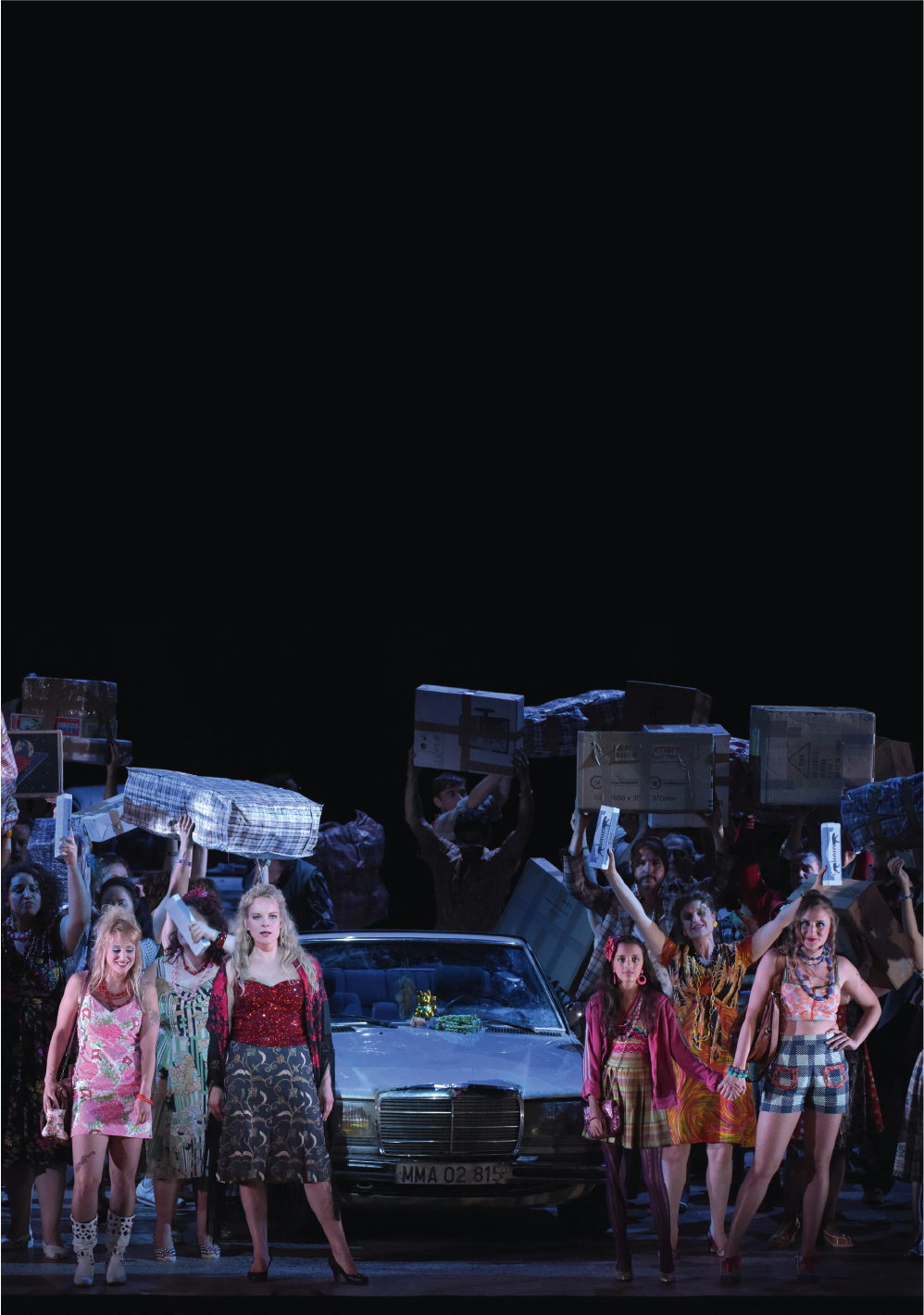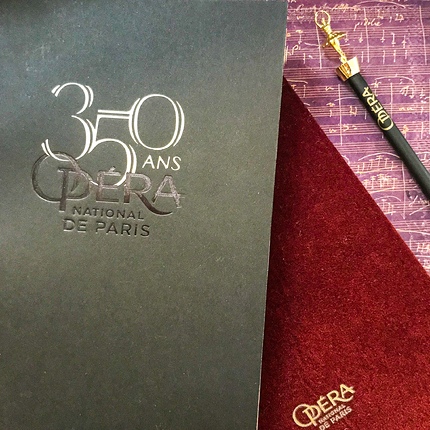Opening on sale
Toï toï toï: Les Brigands - Meet Alexander Neef and Barrie Kosky
Opening on sale
Toï toï toï: Les Brigands - Meet Alexander Neef and Barrie Kosky



Currently at the Opera
See the calendarNews
See all the news-
Learn more
20 August 2024
New
POP enriches its content with exclusive documentaries
-
Learn more
16 July 2024
The Paris Opera announces the composition of the new Junior Ballet
-
Learn more
15 July 2024
The Paris Opera launches Coddess Variations, a new digital art collection between sculpture and dance
-
Learn more
14 July 2024
Olympic Torch Relay and public class on 14 July
-
Learn more
12 July 2024
Thomas Docquir and Jack Gasztowtt appointed "Premiers danseurs" (First Soloists)
-
Learn more
05 July 2024
Toï toï toï - meet with artists - Season 24/25
-
Learn more
04 July 2024
Public Ballet rehearsals - Season 24/25
-
Learn more
04 July 2024
Results of the Ballet's recruitment competitions 2024
-
Learn more
21 June 2024
Cast change: La Vestale
-
Learn more
09 June 2024
Paris Opera pays tribute to Éric Vu An
Life at the Opera
-
Article
Dominique Pitoiset looks back at Falstaff
Read the article
-
Video
Draw-me Madama Butterfly
Watch the video
-
Video
Imaginary Faust
Watch the video
-
Video
Recipe of the day: Faust
Watch the video
-
Article
The video projections in Faust
Read the article
-
Video
Order above all else - Interview with Ève-Maud Hubeaux
Watch the video
-
Video
The two faces of Odette and Odile
Watch the video
-
Video
Podcast Swan Lake with France Musique
Watch the video
-
Video
Voices from the Troupe: Florent Mbia
Watch the video
-
Video
A cathartic experience - Léonore Baulac rehearses Bluebeard
Watch the video
The Opera in streaming

Watch our greatest performances wherever you are with POP, the Paris Opera's streaming platform.
Free trial 7 days
-
Dancing in Tokyo: the secrets of a tour
COMING SOON
A new documentary available from September 1st on POP
-
-
Symphony No. 4 - Dmitri Shostakovich
CONCERT
Conducted by Tugan Sokhiev at the Philharmonie de Paris
Live Friday 13 September, 8:00pm
-
02h40
Live Wednesday 6 November, 7:30pm
02h40
-
02h05
Live Tuesday 17 December, 8:00pm
02h05
-
03h36
03h36
-
02h58
02h58
-
03h03
03h03
-
02h21
02h21
-
03h03
03h03
Immerse in the Paris Opera universe
Business Space
-
Patronage and Sponsorship
-
Your public relations operations
-
Rental of spaces and filming
-
Licensing program, advertising space and cultural engineering
-
Galas
Place de l’Opéra
75009 Paris
Place de la Bastille
75012 Paris
Back to top
































































